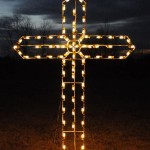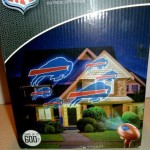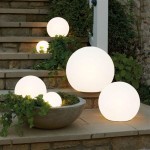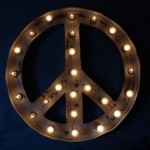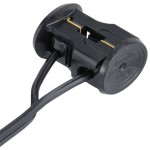Essential Aspects of Best Lighting for Outdoor Portraits
Mastering the art of outdoor portraiture involves carefully considering the lighting conditions. Lighting plays a crucial role in shaping the overall mood, atmosphere, and aesthetic appeal of your images. Here's a comprehensive exploration of the essential aspects of best lighting for outdoor portraits, empowering you to capture stunning images that radiate natural beauty and evoke powerful emotions.
Understanding the Golden Hours
The first step towards achieving exceptional outdoor portraits is embracing the golden hours – the first hour after sunrise and the last hour before sunset. During these magical times, the sunlight casts a warm, ethereal glow that flatters skin tones and creates a captivating ambiance. The soft, diffused light wraps around your subjects, highlighting their features and enhancing their expressions.
Harnessing the Power of Shade
While golden hour lighting is highly sought after, don't overlook the beauty of shade. Seek out natural shelters like trees or buildings to provide respite from harsh midday sun. Shade creates a more even distribution of light, eliminating harsh shadows and allowing for more flattering portraits. Position your subjects in shaded areas to achieve soft, natural-looking images with reduced contrast.
Mastering Backlighting for Dramatic Effects
For a more dramatic touch, experiment with backlighting. Position your subject with their back facing the light source. This technique envelops your subjects in a halo of light, creating a silhouette-like effect. Backlighting brings out intricate details in clothing, hair, and accessories, adding a touch of mystery and intrigue to your portraits.
Controlling Direction and Quality of Light
The direction and quality of light significantly influence the mood and tone of your images. Frontal lighting creates a flat, evenly lit look, while side lighting adds depth and dimension to your portraits. Harsh, direct sunlight can produce unflattering shadows, so consider using reflectors or diffusers to soften its intensity. Experiment with various light sources, such as natural light, studio strobes, or LED panels, to achieve the desired effect.
Color Temperature: Setting the Mood
Color temperature refers to the warmth or coolness of light. Natural light varies in color temperature throughout the day, ranging from cool blue tones in the early morning and evening to warmer orange hues during sunrise and sunset. Experiment with different color temperatures to create specific moods and atmospheres in your portraits. Warm light conveys a sense of intimacy and comfort, while cooler light can evoke a more clinical or dramatic feel.
Conclusion
Understanding and mastering these essential aspects of lighting for outdoor portraits will elevate your photography to new heights. By embracing the golden hours, harnessing the power of shade, experimenting with backlighting, controlling the direction and quality of light, and considering color temperature, you'll be able to capture outdoor portraits that radiate beauty, evoke emotions, and leave a lasting impression on your viewers.

11 Outdoor Portrait Photography Tips For Easy Shots

The Best Lighting For Outdoor Photography Focus

Off Flash Vs Natural Light Which Is Best For Outdoor Portraits Shutterbug

Lighting Gear For Outdoor Portraits B H Explora

Applying The 3 Light Studio Setup To Outdoor Portraits

11 Outdoor Portrait Photography Tips For Easy Shots

How To Mix Ambient Light And Fill Flash For Outdoor Portraits

Applying The 3 Light Studio Setup To Outdoor Portraits

The Best Lighting For Outdoor Photography Focus

Off Flash Vs Natural Light Which Is Best For Outdoor Portraits Shutterbug
